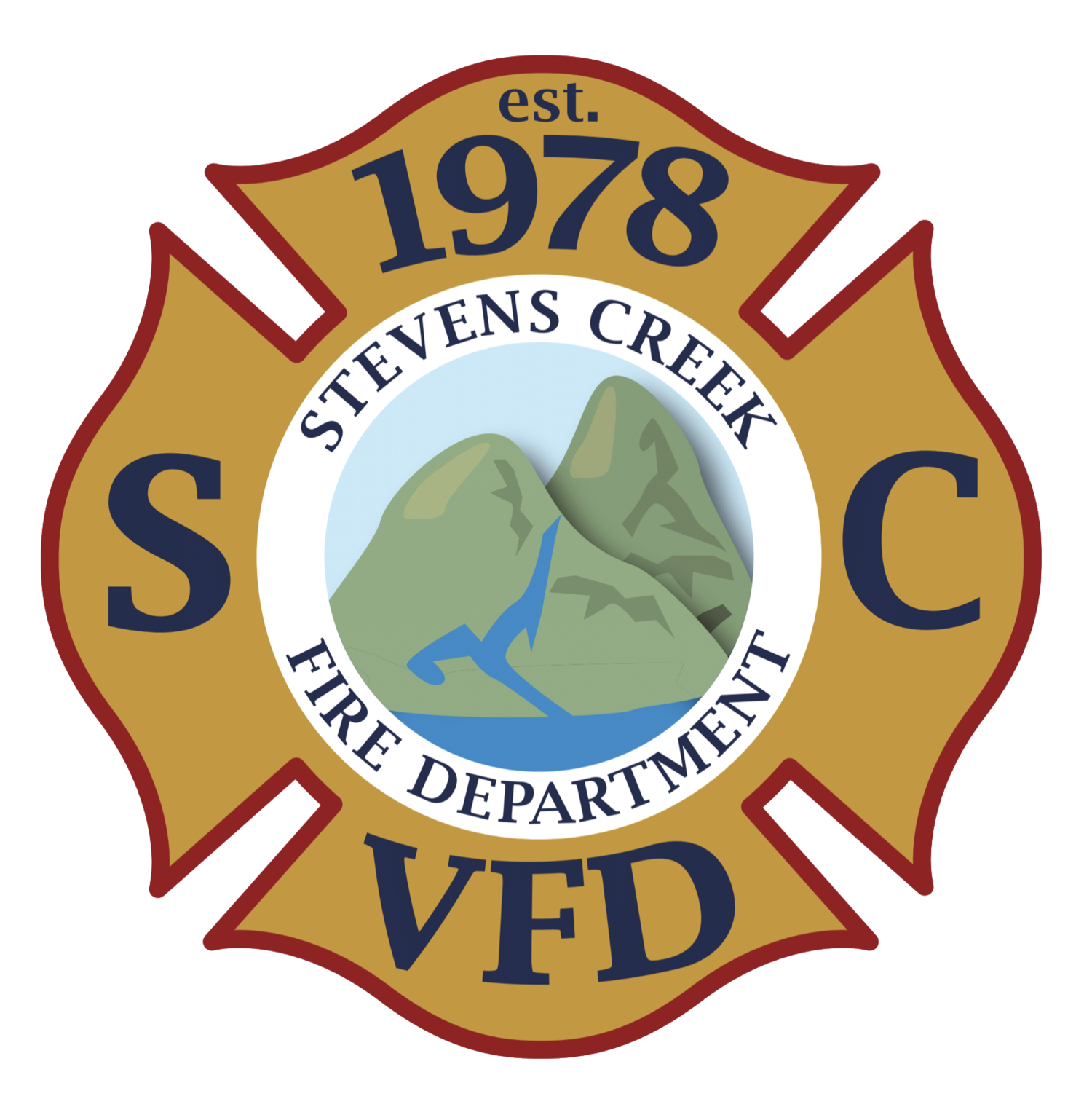DEFENSIBLE SPACE
Keep your property lean and green to help protect your family and home.
Creating defensible space is essential to improve your home’s chance of surviving a wildfire. It’s the buffer you create between a building on your property and the grass, trees, shrubs, or any wildland area that surround it. This space is needed to slow or stop the spread of wildfire and it protects your home from catching fire—either from direct flame contact or radiant heat. Defensible space is also important for the protection of the firefighters defending your home.
Defensible Space Zones
Zones 1 and 2 currently make up the 100 feet of defensible space required by law. Assembly Bill 3074, passed into law in 2020, requires a third zone for defensible space. This law requires the Board of Forestry and Fire Protection to develop the regulation for a new ember-resistant zone (Zone 0) within 0 to 5 feet of the home by January 1, 2023. The intensity of wildfire fuel management varies within the 100-foot perimeter of the home, with more intense fuels’ reduction occurring closer to your home. Start at the home and work your way out to 100 feet or to your property line, whichever is closer.
ZONE 0 - Ember-Resistant Zone
Zone 0 extends 5 feet from buildings, structures, decks, etc.
The ember-resistant zone is currently not required by law, but science has proven it to be the most important of all the defensible space zones. This zone includes the area under and around all attached decks, and requires the most stringent wildfire fuel reduction. The ember-resistant zone is designed to keep fire or embers from igniting materials that can spread the fire to your home. The following provides guidance for this zone, which may change based on the regulation developed by the Board of Forestry and Fire Protection.
Use hardscape like gravel, pavers, concrete and other noncombustible mulch materials. No combustible bark or mulch
Remove all dead and dying weeds, grass, plants, shrubs, trees, branches and vegetative debris (leaves, needles, cones, bark, etc.); Check your roofs, gutters, decks, porches, stairways, etc.
Remove all branches within 10 feet of any chimney or stovepipe outlet
Limit plants in this area to low growing, nonwoody, properly watered and maintained plants
Limit combustible items (outdoor furniture, planters, etc.) on top of decks
Relocate firewood and lumber to Zone 2
Replace combustible fencing, gates, and arbors attach to the home with noncombustible alternatives
Consider relocating garbage and recycling containers outside this zone
Consider relocating boats, RVs, vehicles and other combustible items outside this zone
ZONE 1 - Lean, Clean and Green Zone
Zone 1 extends 30 feet from buildings, structures, decks, etc. or to your property line, whichever is closer.
Remove all dead plants, grass and weeds (vegetation).
Remove dead or dry leaves and pine needles from your yard, roof and rain gutters.
Remove branches that hang over your roof and keep dead branches 10 feet away from your chimney.
Trim trees regularly to keep branches a minimum of 10 feet from other trees.
Relocate wood piles to Zone 2.
Remove or prune flammable plants and shrubs near windows.
Remove vegetation and items that could catch fire from around and under decks, balconies and stairs.
Create a separation between trees, shrubs and items that could catch fire, such as patio furniture, wood piles, swing sets, etc.
Zone 2 – Reduce Fuel Zone
Zone 2 extends from 30 feet to 100 feet out from buildings, structures, decks, etc. or to your property line, whichever is closer.
Cut or mow annual grass down to a maximum height of 4 inches.
Create horizontal space between shrubs and trees. (See diagram)
Create vertical space between grass, shrubs and trees. (See diagram)
Remove fallen leaves, needles, twigs, bark, cones, and small branches. However, they may be permitted to a depth of 3 inches.
All exposed wood piles must have a minimum of 10 feet of clearance, down to bare mineral soil, in all directions.
While SCVFD does not issue citations, we are qualified and willing to help you evaluate how you can create defensible space on your property. Please contact us or visit readyforwildfire.org for more information.

